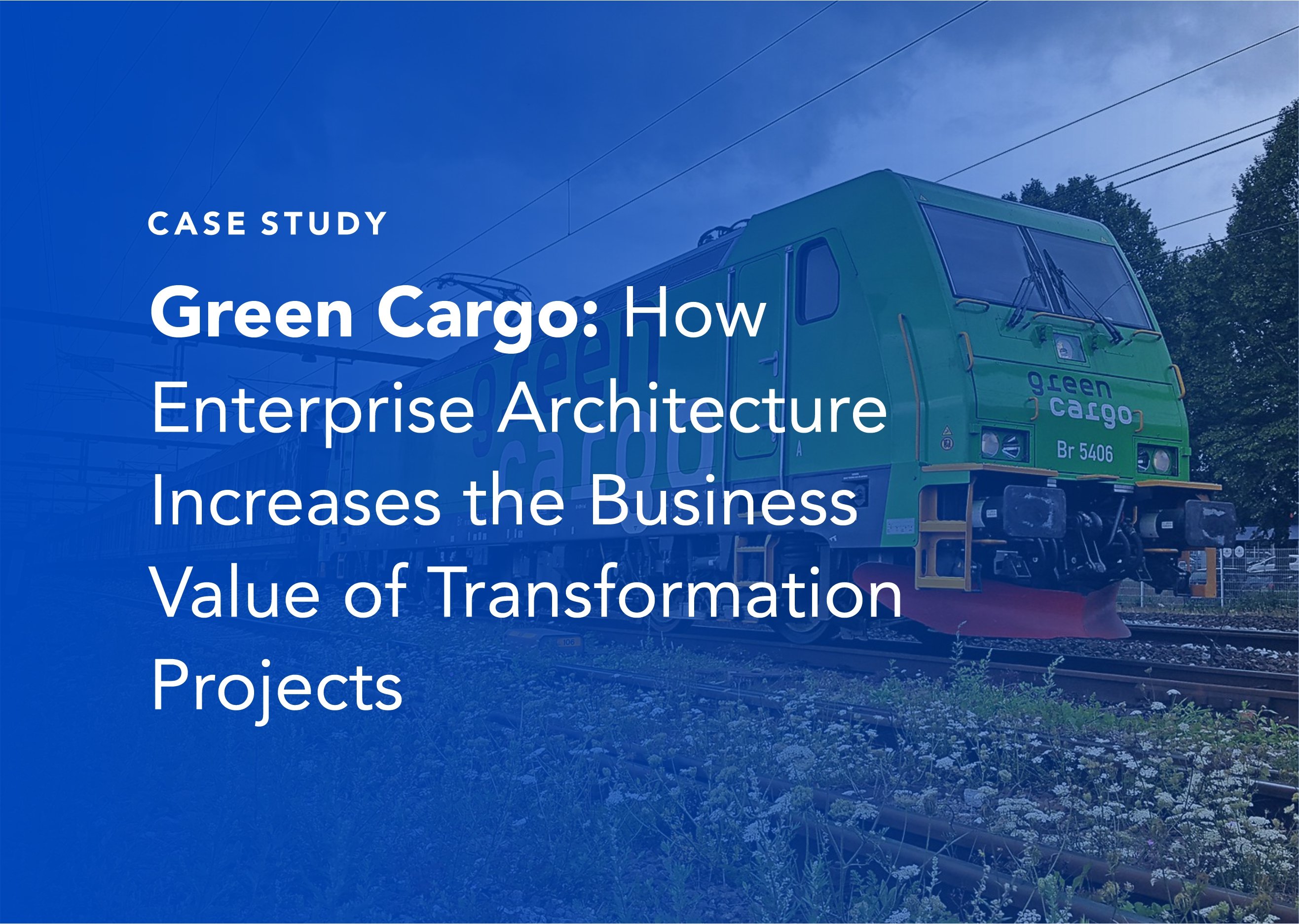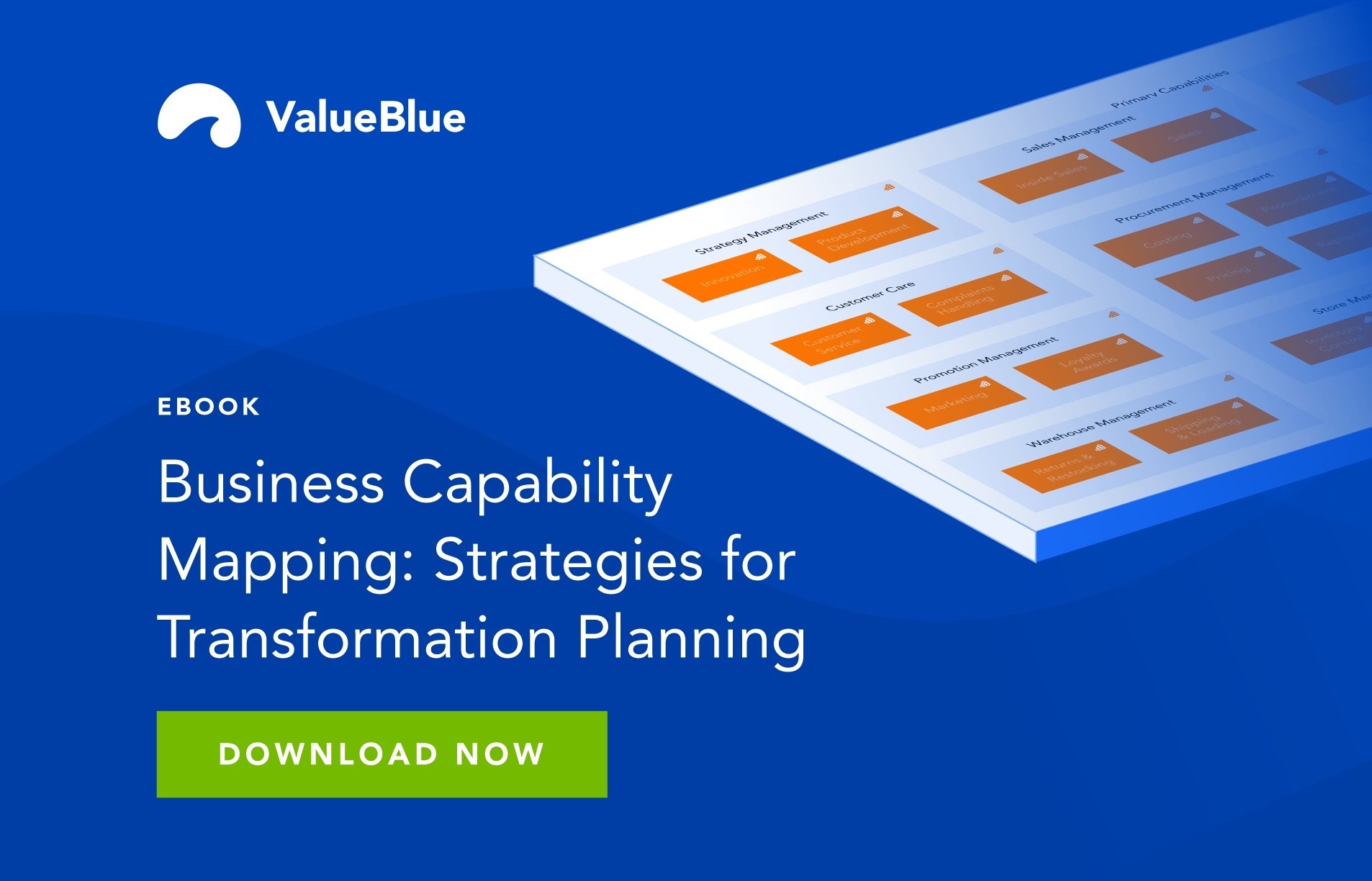How Enterprise Architecture Helps Supply Chain Amid Tariffs
Global trade is changing. The United States is pushing to bring manufacturing back home and rely less on international suppliers. The government wants companies to do this. To help with this, it offers incentives for domestic production while imposing punitive tariff rates on foreign-made goods.
For years, offshoring was the go-to strategy for cost efficiency. Companies relied on it for competitive labor and lean supply chains, incorporating JIT, kaizen, and TPM. Recent changes in tariff policies are forcing many businesses to bring their operations back to the United States.
Now, they have to deal with new policies that could raise their costs and break ties with foreign suppliers. Making them rethink how and where they make their products.
Relocating manufacturing to the United States requires a full supply chain transformation. It also means changing core business capabilities, from IT to logistics. How can businesses adapt to these changes? A strategic, data-driven approach backed by Enterprise Architecture (EA) is the answer to navigating this complex transformation.
Why Enterprise Architecture is a strategic game-changer for supply chain transformation
EA helps organizations understand and improve their business processes. It brings together IT systems, processes, people, and data into one clear plan. In the context of bringing manufacturing back to the United States, that means being able to see:
- Which systems support your supply chain and logistics operations. For example, systems that track inventory or manage suppliers are key to keeping everything running smoothly. Enterprise Architecture shows which systems need updating or replacement to avoid disruptions when a company moves a manufacturing site.
- Which business capabilities will break when your manufacturing site moves. EA makes it clear which business processes rely on specific locations or systems, such as local supplier relationships. When moving a manufacturing site, some processes might face delays or stop working entirely if not addressed. Enterprise Architecture helps businesses spot these issues in advance and plan how to handle them.
- Which compliance workflows are location-specific. Certain locations must follow compliance rules, such as tax laws or environmental regulations. EA helps find which rules will change when moving a factory, so your business can avoid legal issues.
- Where your current model hides cost centers and risks. A manufacturing site move may expose outdated systems or inefficient processes, leading to unnecessary expenses. Identifying these issues early on allows businesses to address them before the move, preventing unexpected costs or delays. This proactive approach helps companies stay ahead of potential cost increases because of new tariffs or shipping restrictions.
- How your IT investments support emerging operational demands. For example, when bringing manufacturing back in-house, companies might need new technology such as automation or advanced analytics. Enterprise Architecture ensures existing IT systems can handle these new demands and highlight gaps.
Test your supply chain change plan before implementation
If you want to move your manufacturing to the United States amid tariffs, Enterprise Architecture lets you plan it out first. You can identify:
- Which systems and processes need to be updated to fit the new manufacturing setup. This way, you can fix any issues before they cause problems.
- How this change affects your Enterprise Resource Planning (ERP), Customer Relationship Management (CRM), and Product Lifecycle Management (PLM) platforms. For example, your ERP may need updates to supply chain and inventory processes. Your CRM may need changes to handle new customer delivery schedules. Your PLM may need adjustments to align with the new factory's capabilities, materials, and production methods.
- What would be the impact on warehousing, distribution, and customer service. For example, whether current inventory systems can support onshore production timelines, logistics route changes, or changes in customer satisfaction.
- Where cost savings or delays might occur, such as in shipping, labor costs, or production and delivery. EA helps you visualize and plan for cost changes because of tariff increases or shifts in supplier strategies.
Enterprise Architecture platforms help businesses navigate complex transformation journeys with confidence. That makes scenario modeling collaborative and visual, assisting cross-functional teams to make smarter decisions faster. EA helps you plan your supply chain’s future and makes sure digital changes match your business goals.
Staying ahead of tariff-driven change
In a market where tariff rates and global shipping are always changing, businesses must do more than react – they need to innovate. Whether you are repatriating manufacturing, broadening your trading partners, or preparing for future disruptions, agility and insight are essential. Beyond managing risk and cost, this is also a chance to rethink business models and explore new value propositions. This is an opportunity to redesign operations for long-term resilience and competitive advantage.
BlueDolphin provides you with tools to do that. It supports manufacturing transformation by:
- showing your current and future state, allowing you to model different scenarios,
- helping teams create solutions that match changing priorities.
BlueDolphin helps you cut costs and speed up transformation by creating better solution designs. It prioritizes projects and links them to different parts of your business. From streamlining processes to identifying new opportunities, BlueDolphin accelerates your supply chain transformation.
Interested in learning more? Request a demo.
.png)


